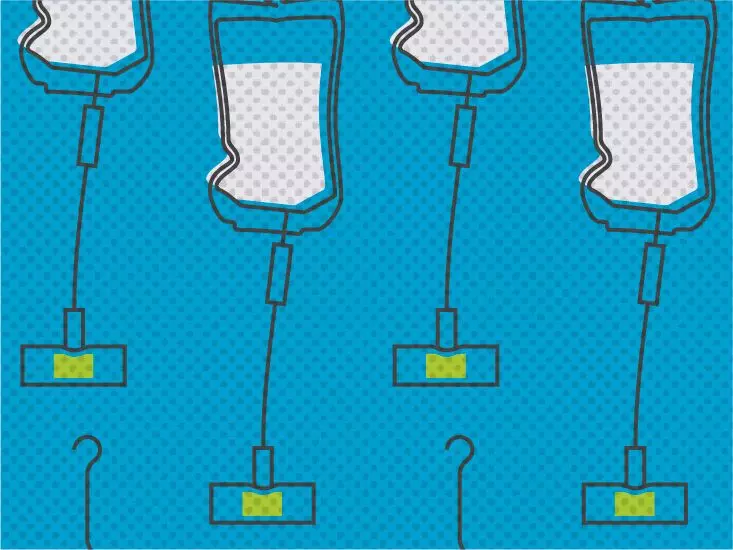Erbitux (cetuximab) is a targeted therapy primarily used in the treatment of several types of cancer, notably in adult populations. Developed as a monoclonal antibody, Erbitux works by inhibiting the epidermal growth factor receptor (EGFR), which plays a significant role in the proliferation of cancer cells. This article explores the intricacies of Erbitux, including its approved uses, dosage recommendations, and critical considerations for patients.
The U.S. Food and Drug Administration (FDA) has approved Erbitux for the treatment of specific cancers, including metastatic colorectal cancer (mCRC) and squamous cell carcinoma of the head and neck (SCCHN). Primarily, Erbitux is administered in conjunction with other cancer treatments, showcasing its flexibility in adapting to different treatment protocols. Its biologic nature and absence of available biosimilar versions underscore its distinct role in oncological therapies.
For mCRC, Erbitux can be paired with chemotherapy or used as a standalone treatment, depending on the individual case. In the treatment of SCCHN, it can be given with radiation therapy or in conjunction with chemotherapy agents such as fluorouracil and platinum-based therapies.
How is Erbitux Administered?
One of the defining characteristics of Erbitux is its mode of delivery. The medication is dispensed through an intravenous (IV) infusion, typically administered by qualified healthcare professionals either in a hospital setting or outpatient infusion center. The first infusion is generally prolonged, taking roughly two hours, while subsequent doses usually require around one hour. This regular infusion schedule is pivotal for maintaining therapeutic levels in the body.
Erbitux is available in two concentrations: 100 mg per 50 mL and 200 mg per 100 mL, making it necessary for healthcare providers to calculate patient-specific dosages aptly based on body surface area (BSA). The infusion regimen can vary; some patients may receive their treatment weekly, while others may have infusions every two weeks.
Dosage Recommendations
Dosage decisions are inherently personalized and are determined by the oncologist considering several factors, such as the type of cancer, the patient’s weight and height (which influence BSA), and any potential interactions with other ongoing treatments. For example, patients with mCRC may begin with a first dose of 400 mg/m² followed by 250 mg/m² for subsequent doses if treated weekly. Conversely, those receiving Erbitux every two weeks may start at a slightly higher initial dose of 500 mg/m² for both the first and subsequent doses.
In the case of SCCHN, the infusion after initiation can mirror the mCRC protocol, particularly in its weekly administration, albeit the specifics can differ based on chemotherapy and radiation regimen integration. Effective communication with healthcare teams is crucial here, as individualized adjustments may be needed based on responses and side effects.
For many patients, Erbitux represents a long-term treatment choice, fostering essential discussions between the patient and their healthcare provider about the anticipated course of therapy. The nature of the infusion schedule, dosages, and efficacy must be continually evaluated to optimize outcomes.
It’s vital for patients to understand that while Erbitux can offer significant therapeutic benefits, it may also be associated with adverse effects, which can vary widely among individuals. Common side effects reported include rash, gastrointestinal symptoms, and potential allergic reactions, necessitating ongoing monitoring by healthcare professionals.
In navigating cancer treatment options, Erbitux serves as a potent weapon against specific malignancies. Nonetheless, patients must engage in collaborative discussions with their healthcare providers to determine the best approach tailored to their unique circumstances. Understanding the dosage, administration method, and potential side effects can empower patients to make informed decisions about their treatment plans.
As with any medical intervention, information regarding Erbitux should not replace professional medical advice. Patients are encouraged to remain proactive, asking questions and seeking clarity about their treatment journey. This collaboration can pave the way for informed decisions that enhance both safety and efficacy in cancer management.

